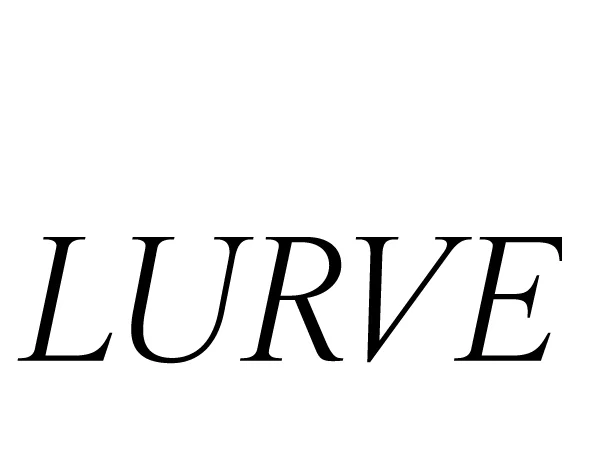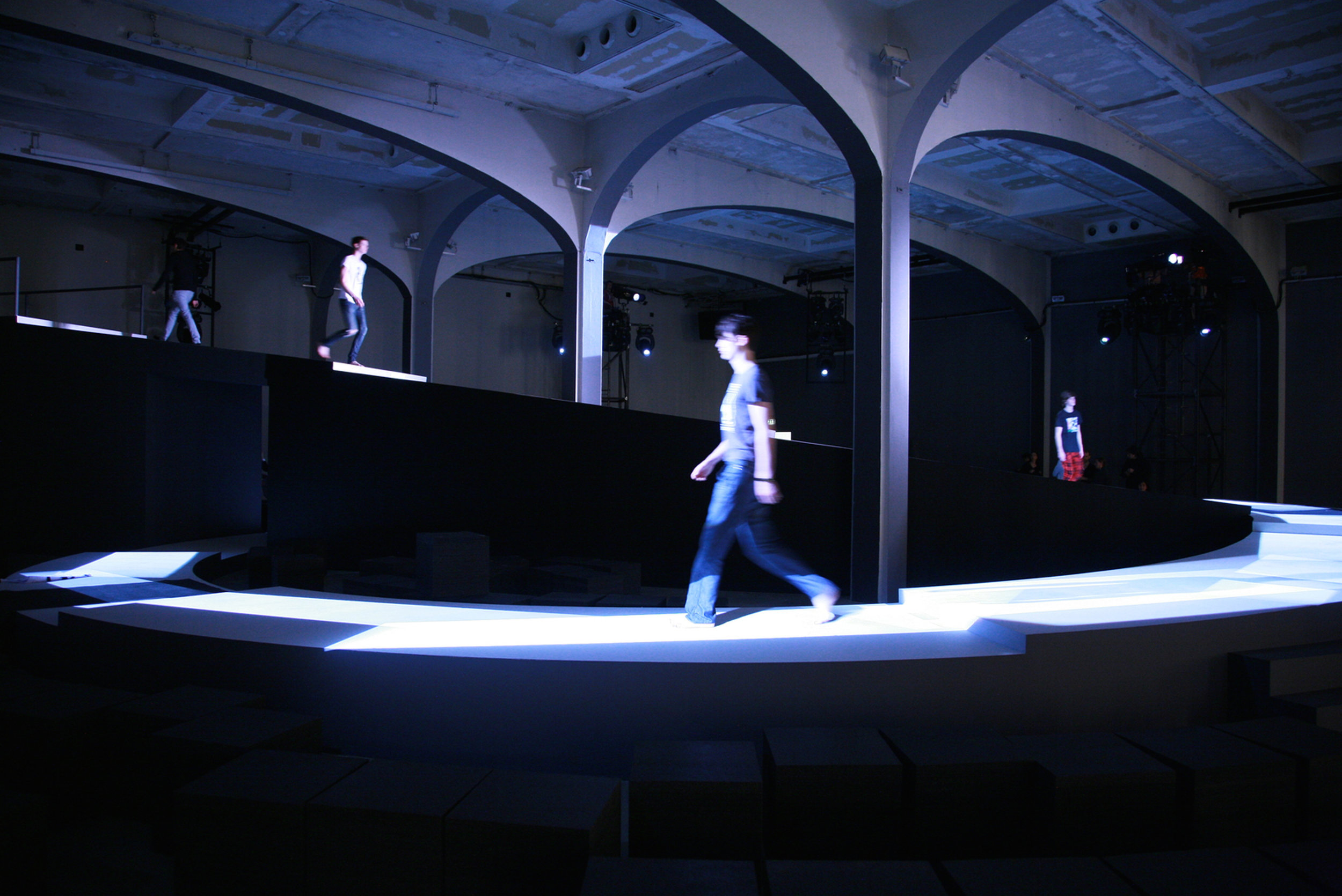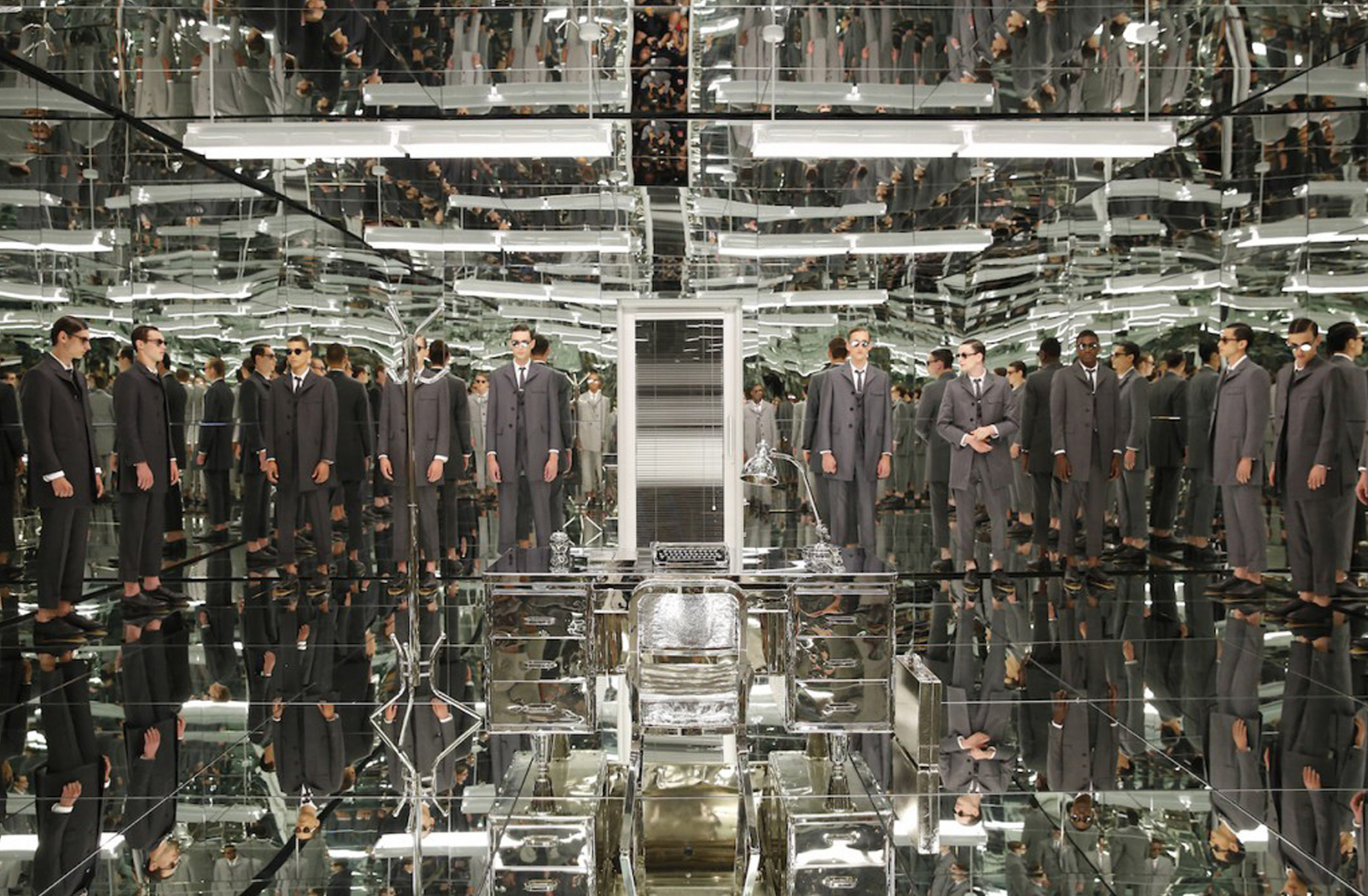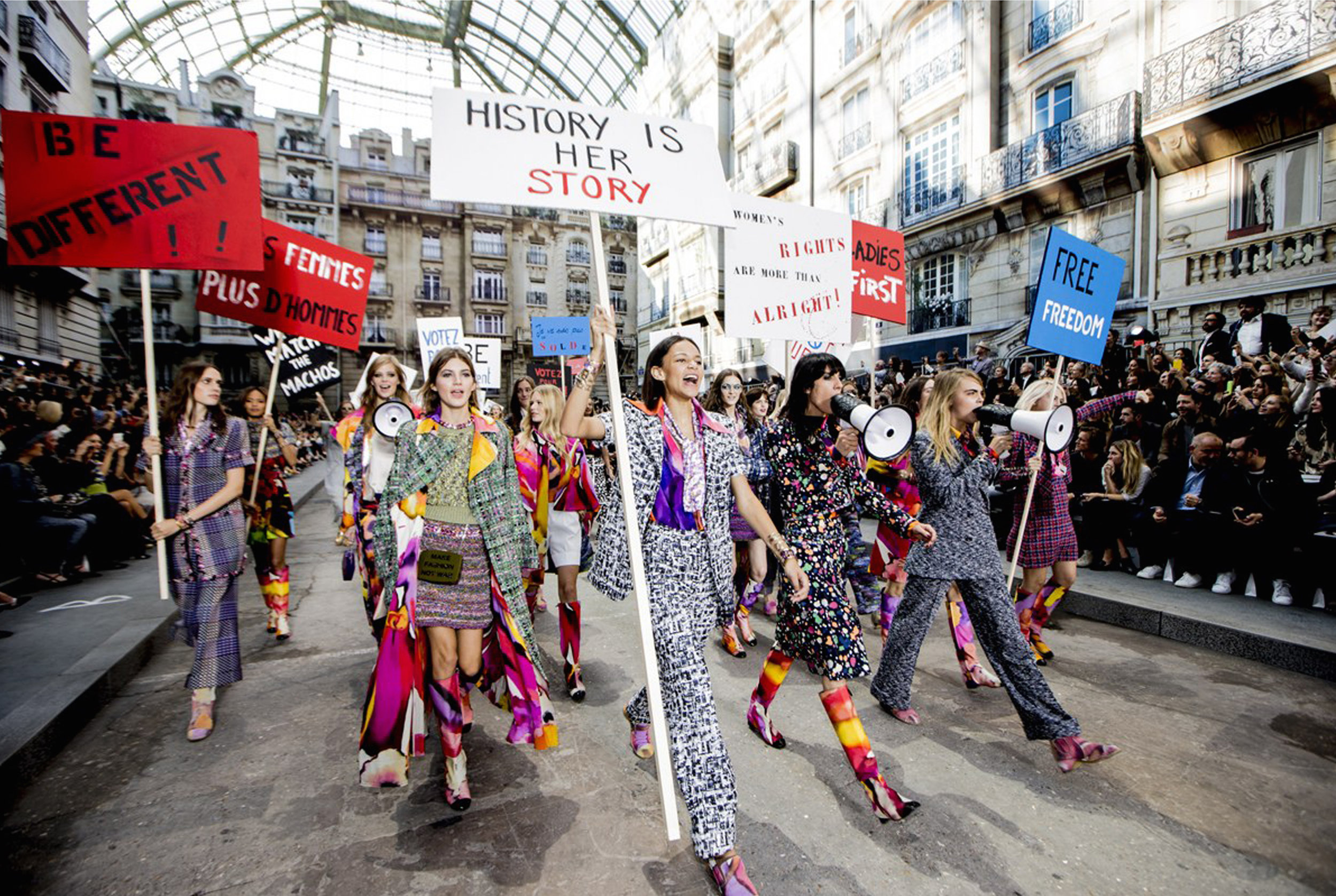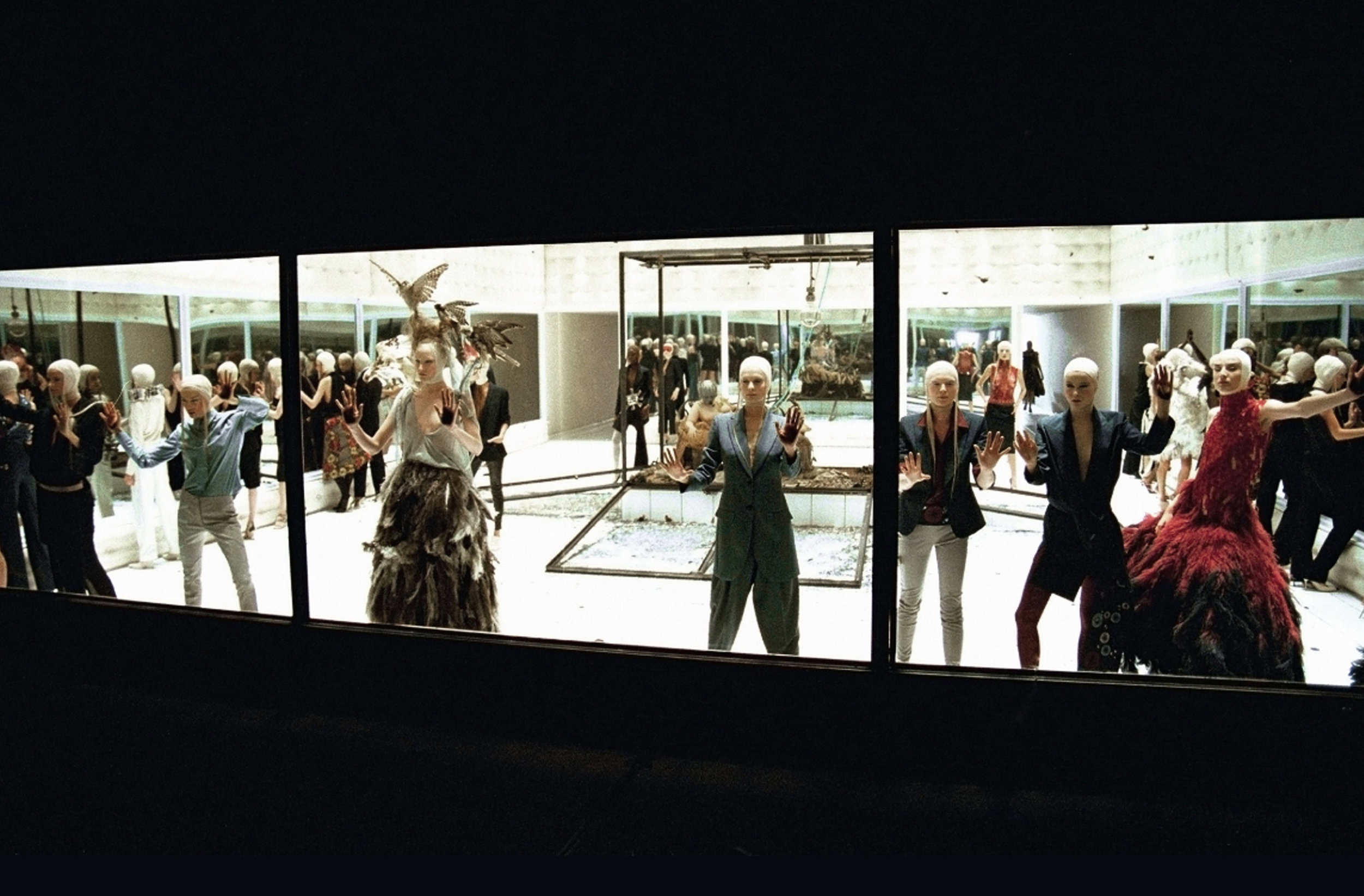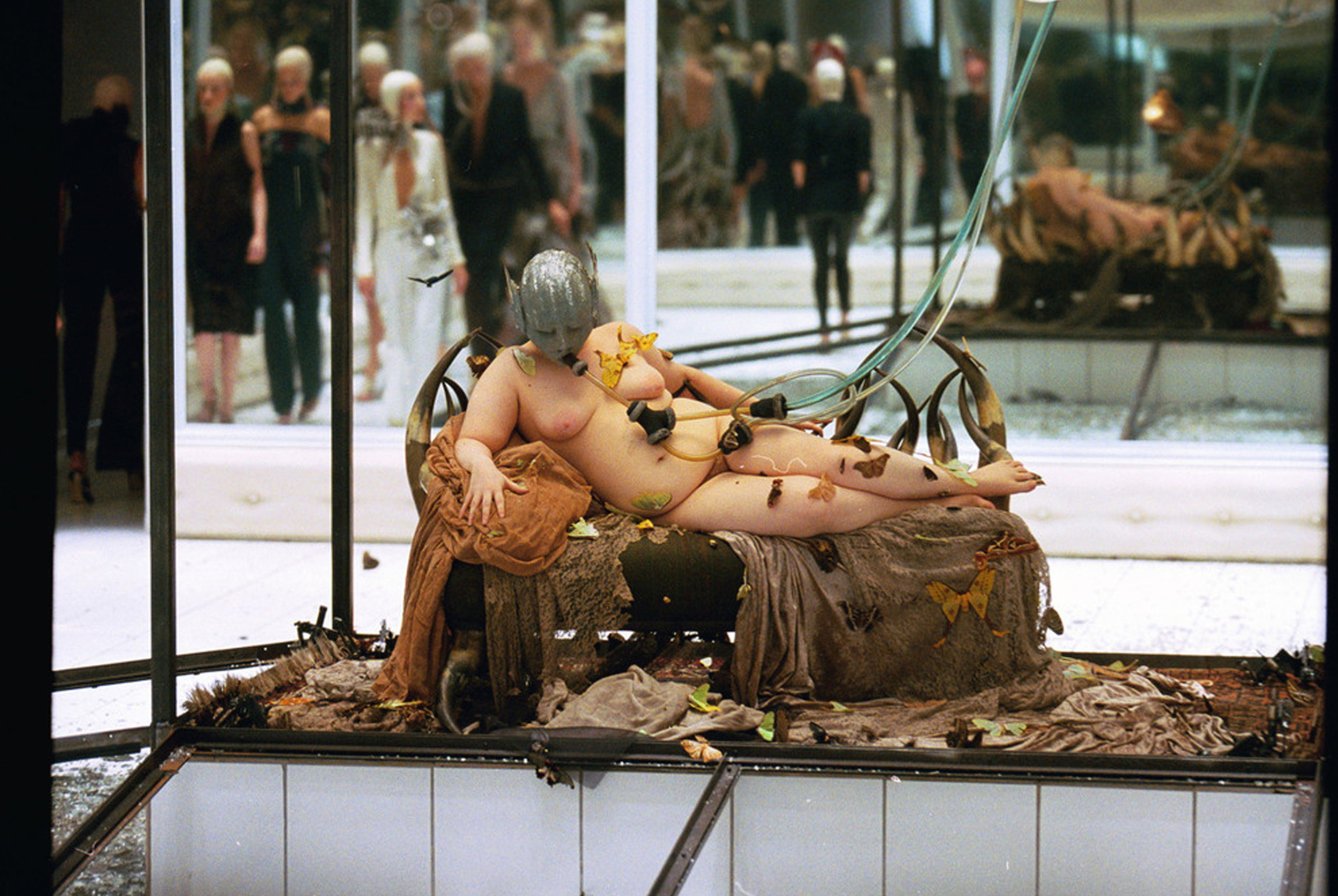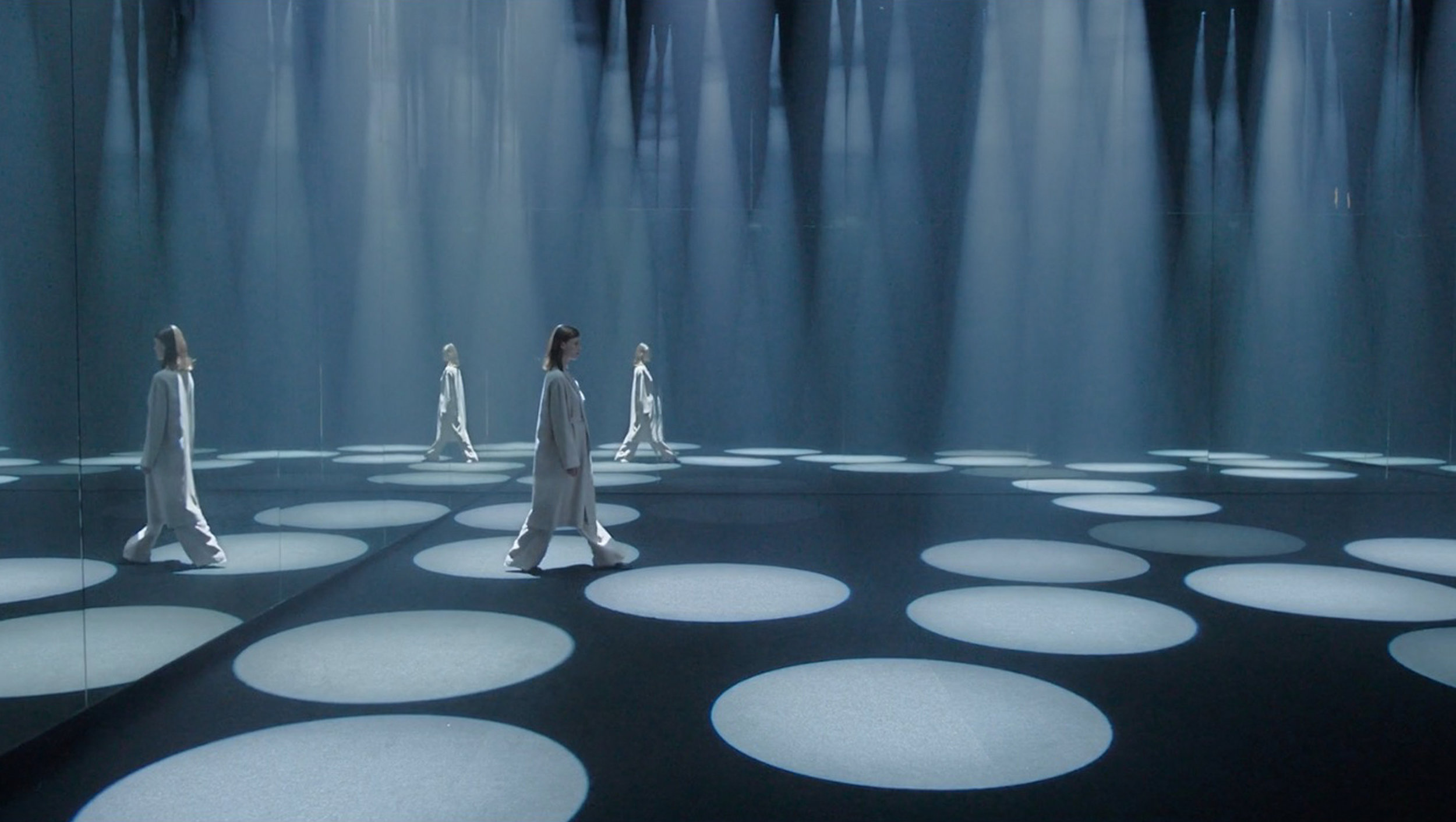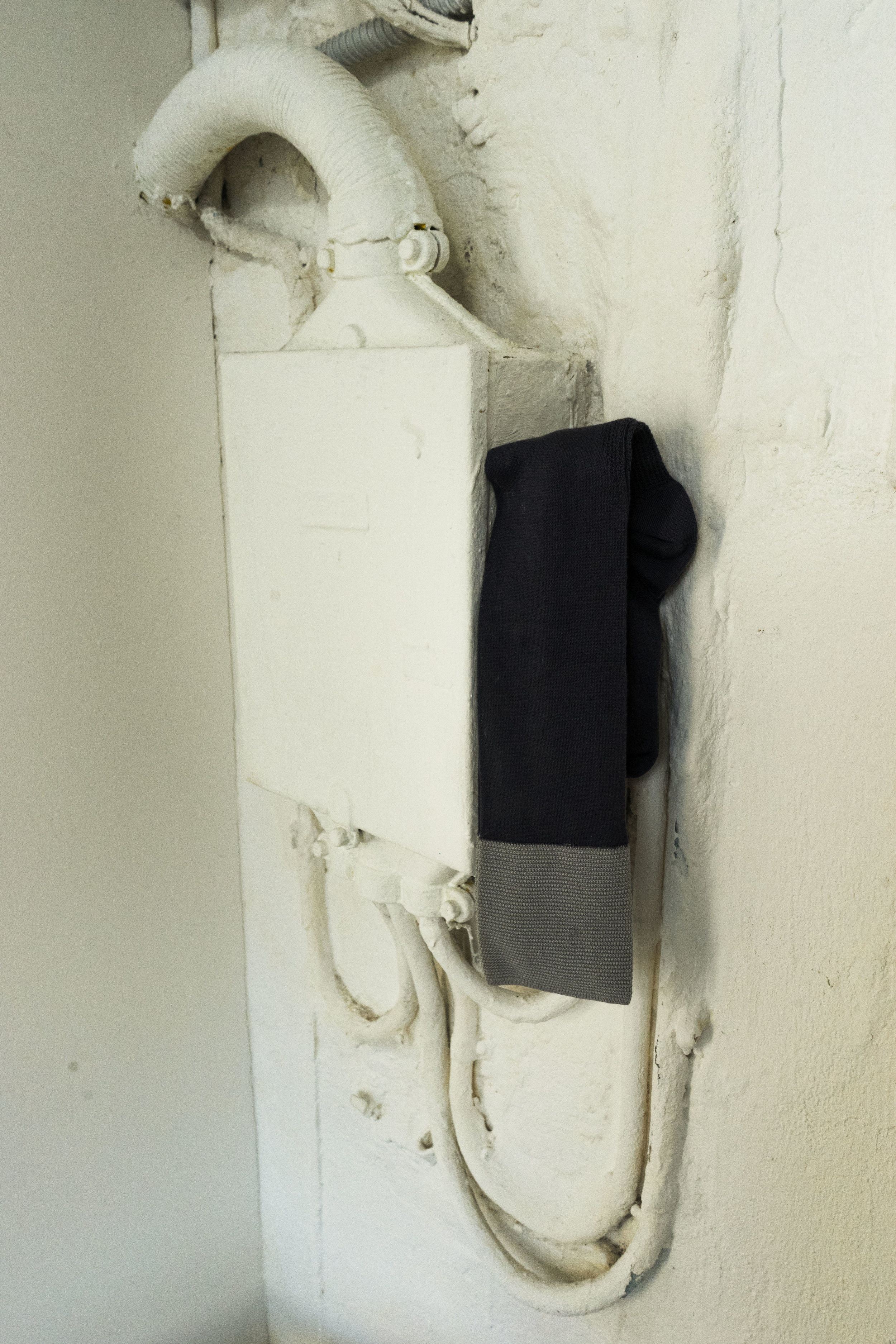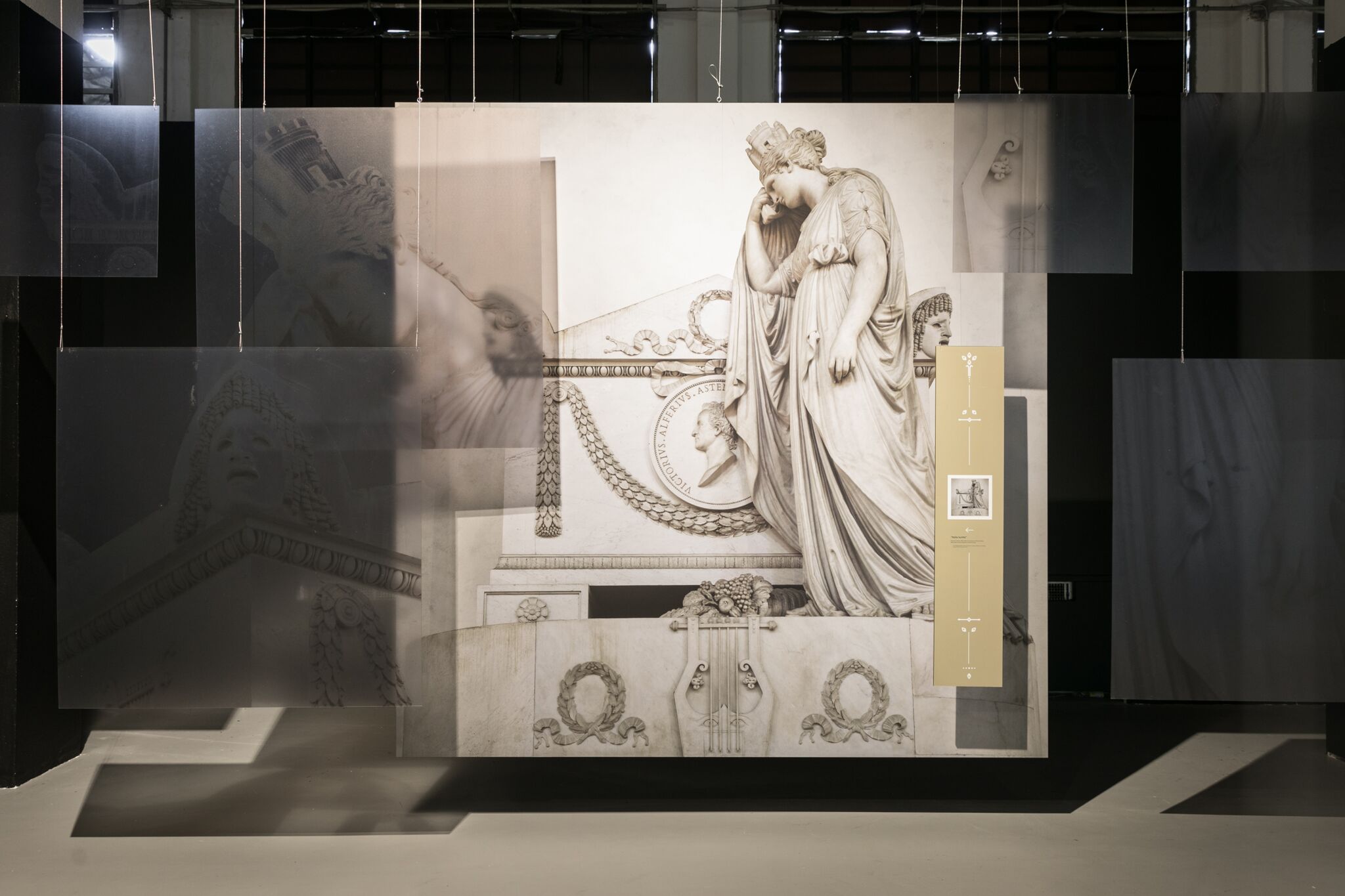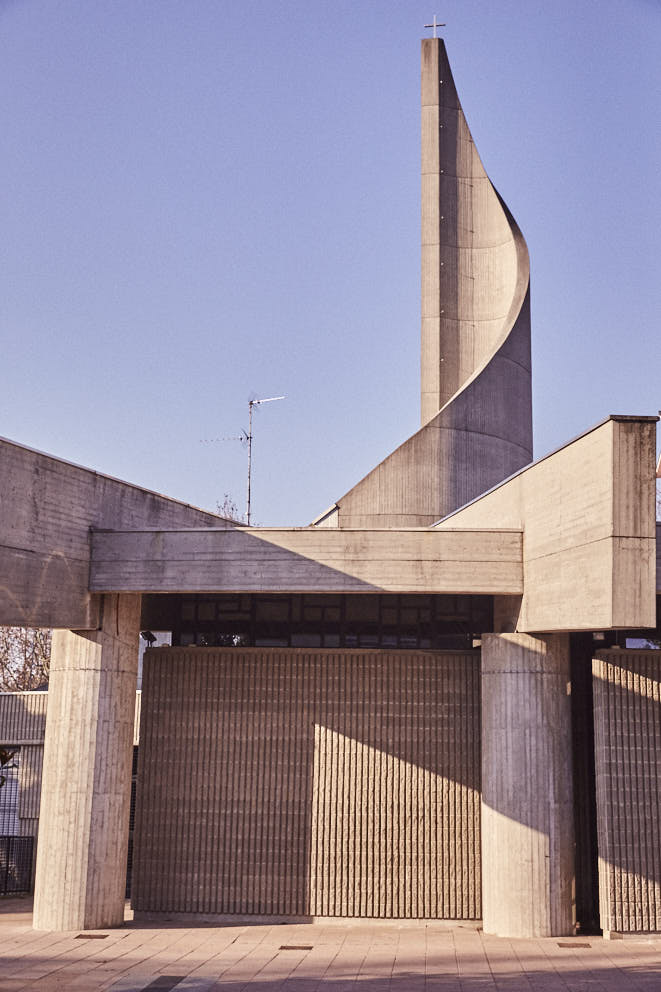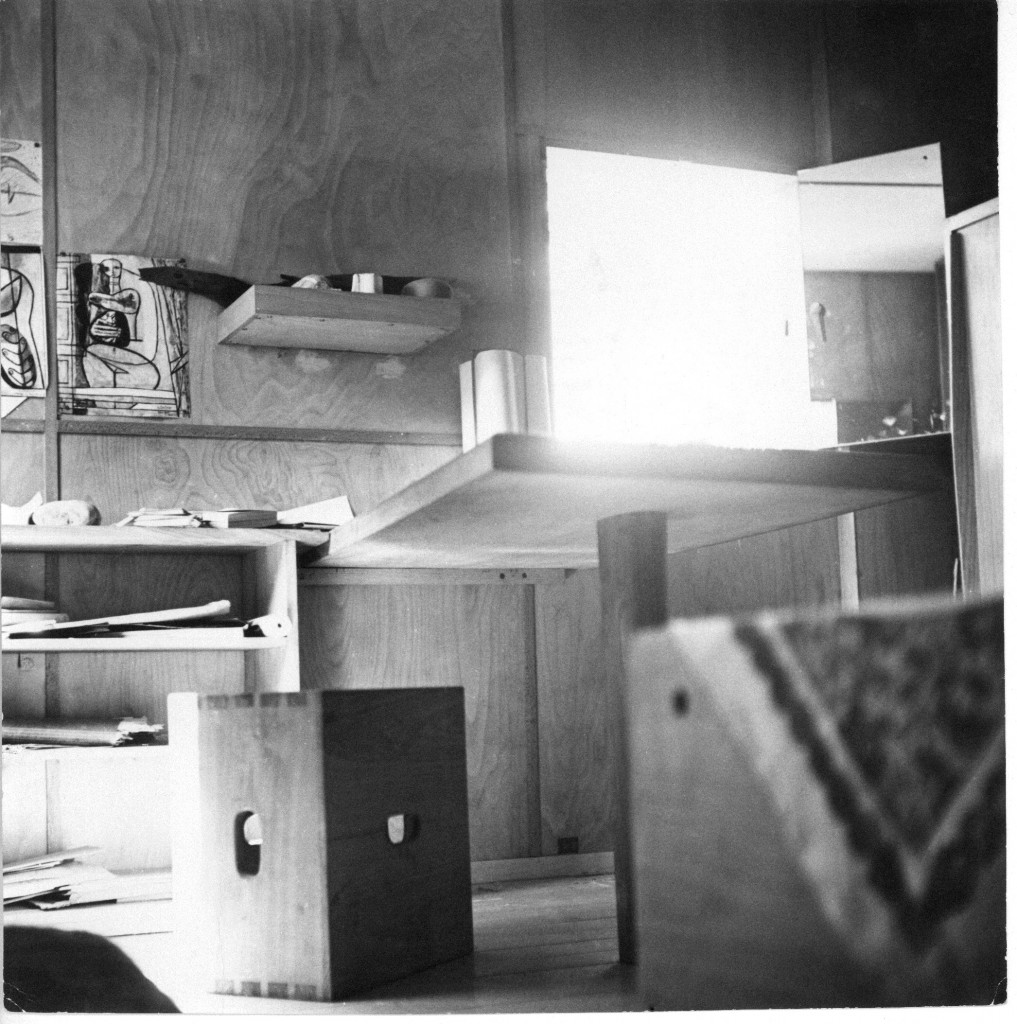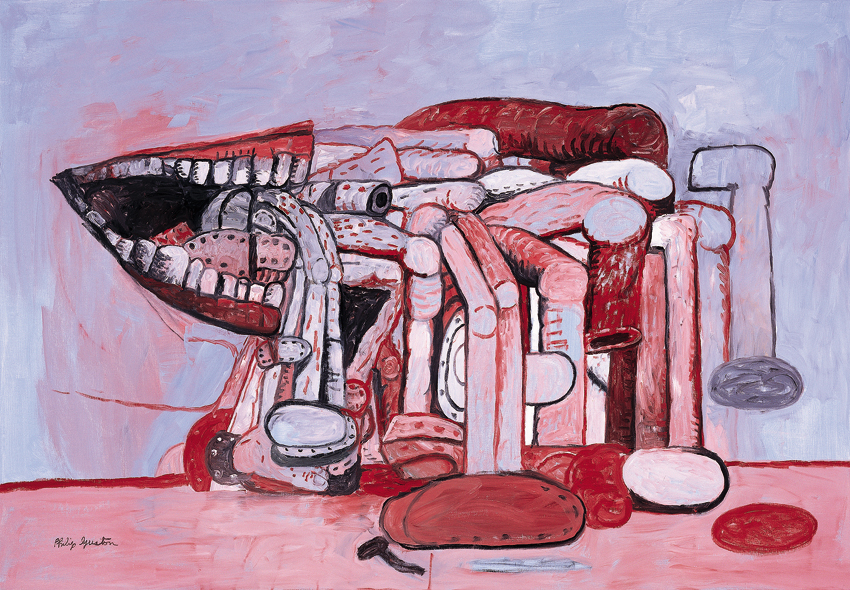Five Catwalks that Made History
Words: Marco Marino
Translation: Carlotta Buosi
AMO - part of Rotterdam-based architecture firm OMA and directed by Rem Koolhaas - is an innovative department focused on installations, non-permanent projects and research on the thematics of contemporary.
Since 2000, AMO is also in charge of all things Prada, from events to catwalks, the partnership between Koolhaas and Miuccia Prada herself marking the first physical encounter of architecture and fashion.
Koolhaas and Prada share the same goal: transform the way in which fashion is presented and perceived and put up a real show, through which bring back the glory of the ‘80s, where catwalks were nothing but a display of the zeitgeist and real windows through which admire the fashion world as a entity. Fashion shows have always been the heart and soul of the industry, first held by couturiers in their ateliers, then brought to some of the most iconic scenarios of the world’s fashion capitals, such as the Grand Palais in Paris and the old docks of New York City’s Village neighborhood. In Milan, dismissed factories and warehouse spaces have become the symbol of pret-a-porter major showcases.
Still, Koolhaas and Miuccia Prada’s project has become the epicentre of a much larger objective: the one of turning the fashion show as we know it into a cultural gathering. The models are no longer alive mannequins but additional elements, used to showcase pieces of modern art within an highly designed, architectural environment meant to influence the way in which said pieces are perceived by the audience.
Here, a selection of the catwalks which have contributed to change the look of both fashion and design, making history as intellectually driven projects, supposed to last way longer than the season for which they were created.
-Prada FW 2008/09, Milan, February 2007.
For this installation, Koolhaas turned a large ramp into a stage, but also the focus point of the space around it. The ramp, meant to connect two different sections of the space, was organically insert within it. The real protagonists of the show - obviously - were the models, whose movements and directions were determined by this ascensional space, freed by any pause or hierarchy, creating a hypnotising, charming continuum.
-Thom Browne ‘Thom Browne Selects’, New York, October 2016.
For his installation at the Cooper Hewitt Foundation, fashion designer Thom Browne explored the concept of individuality. Featuring more than fifty gigantic mirrors, Browne - known for his sartorial approach - reevaluated the codes of conventional fashion, playing with he idea of uniformity and proportions in his garments. For the show - also held at the Foundation - Browne explored the notion of individuality with a totalising installation: ‘When approaching this project and exhibition, I was drawn to the collection of mirrors and wanted to create an installation that played on the idea of reflection—giving the viewer the idea that his or her reflection is a work of art. My intent was also to play with the idea of uniformity and individuality’, said the designer. The result was a complex game of reflections, all pointed toward the spectator, whose feeling of suspension in this illusionistic environment was incremented by the presence of reflecting objects, scattered around the space.
-Karl Lagerfeld, ‘Chanel Revolution, Chanel SS15, Paris, October 2014.
The role of Coco Chanel as a fashion pioneer is undeniable, just as her role as one of the most influential women of all times, along with her early contemporary Elsa Schiaparelli. Today, heir of the prestigious house of Chanel - located in the heart of Paris in Rue de Cambon - is Karl Lagerfeld. Famous for being held at the Grand Palais, season after season the Chanel fashion show is one of the most sought after events of the fashion calendar. For SS15, Rue the Cambon itself was meticulously recreated inside of the Palais: from the Haussmannian ornaments of its buildings to the manholes on the ground, nothing was left to chance. Speaking of the collection, the pieces showcased echoed Pop Art and its revolutionary role, with the models shouting through megaphones, carrying slogans focused on the triumph of fashion over wars and social discrepancies. Yet again, another revolutionary march took place in Rue de Cambon, this time under the vigilant eye of Karl Lagerfeld.
-Alexander McQueen, ‘Voos’, SS01, October 2000.
Alexander McQueen has been one of the most relevant fashion designers of his generation. Famous for his radical choices in regards with fashion, he was also the superb choreographer of his own fashion shows. One of the most disturbing ones, held in a lunatic asylum, was the one for his SS01 collection: ‘Voos’. The show - inspired by thephotographs of Joel-Peter Witkin - took place inside of an aquarium-like space, where the models moved around as wild animals. At the end of the catwalk, developed around a squared mirrored element, a woman within it was unveiled: opulent, naked and wearing a mask. The garments - richly embroidered and fairy tale-ish, contrasted immensely with the scenery of an horror film. The spectator was inevitably involved at an emotional level, deeply captured by the scene unfolding in front of him.
-Sou Fujimoto, COS Pavilion, Milan, Fuorisalone, April 2016.
The ‘Cinema Arti, - built by Mario Cereghini and located in the Milan district of San Babila - was the location of Sou Fujimoto’s COS Pavilion. Designed by the Japanese architect in occasion of the Fuorisalone - Milan Design Week - the pavilion presented itself as the ‘purest realisation of the forest concept’, as the architect himself described it. ‘This forest is not static, but light and people interact with one another, this interaction connects fashion, space and forest as a form of architecture.’ Its structure defined by the conic lights gazing down from the ceiling, Fujimoto used the pavilion as portrayal of COS’ philosophy through an immaterial and impalpable concept. The conic lights became solid elements, while the people walking underneath them provided an effect of continuous variation, resulting in a moving space defined by lights and shadows, contrasting with the ephemeral, solid aspect of the projections from the ceiling.
